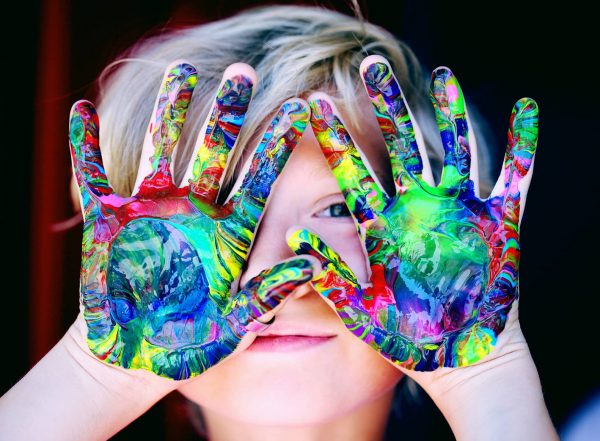
Sensory Stacking | The integration of tactile, visual and auditory input
The seemingly simple task of balancing on one leg or walking across the room is actually a complex, integrated, multisensory experience with stimulation coming from the eyes, ears, joints and plantar foot.
For this integration to occur, the various sensory inputs must ultimately converge on the same neurons. At the cortical level, it has been widely assumed that information from the different sensory systems (eyes, ears, joints and plantar foot) is first processed through uni-sensory systems and then integrated in multisensory regions at a higher level of the brain processing.
Research now demonstrates that neuronal sensory integration actually happens much earlier in the sensory processing pathway and is actually optimized or heightened with multi-sensory stimulation, or what we call sensory stacking.
Sensory stacking is to bring in as many sensory input systems during an exercise or movement for the purpose of enhancing cortical stimulation and neuronal pathways.
Sensory Stacking #1 – Tactile & Proprioceptive
This is probably the easiest integration to experience as the plantar foot and joint capsule proprioceptors are so closely related. Both stimulate the somatosensory cortex of the brain.
To increase sensory input of foot and ankle, in an ankle rehab exercise, I like to use the Naboso Insoles and kinesiology tape simultaneously. Texture is stimulating the plantar foot while skin stretch is stimulating the joint proprioceptors.
Sensory Stacking #2 – Tactile & Visual
One of the most studied sensory stacks is the tactile : visual integration. fMRI studies have demonstrated that viewing the stimulated body site improves performance on tactile discrimination.
One example of how you can integration the tactile and visual stack is to have the client performing step ups while looking in a mirror. Place a Naboso Mat on top of the step and have the client perform the exercise barefoot.
As the foot touches the Naboso Mat, the client is looking at the foot touching the Naboso Mat and together this is enhancing sensory input.
Another example could be if the client is performing a balance exercise and they are holding the Neuro Ball in one hand. As they feel the stimulation of the texture in the hand, they are looking at the hand to enhance visual stacking.
Sensory Stacking # 3 – Tactile, Visual and Auditory
A final great way to stack cortical activation is with sound. Let’s take the same example we gave above with the step ups facing a mirror barefoot and on a Naboso Mat. To add in auditory, every time their foot touches the step you want to snap or clap. Connect the sound to the texture and visual input.
These suggestions are just a few of the ways you can begin to enhance the sensory integration of your clients’ movements. The options are endless, and this concept allows a lot of creativity into the sessions.
To learn even more about this concept I encourage you to listen to listen to the video below!
